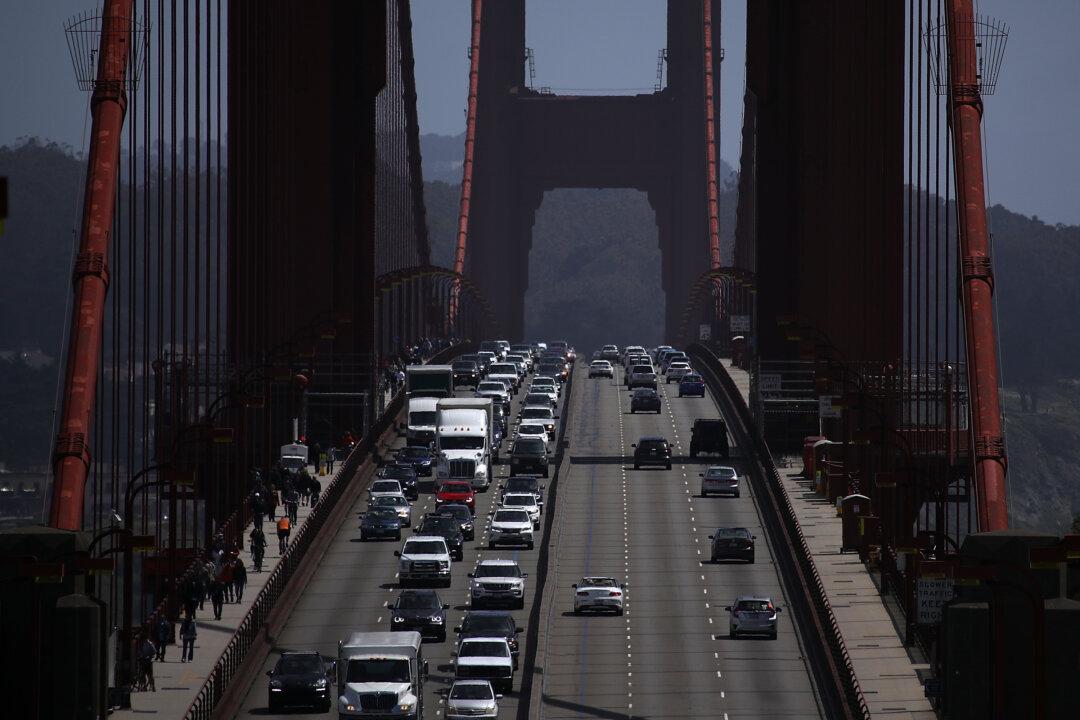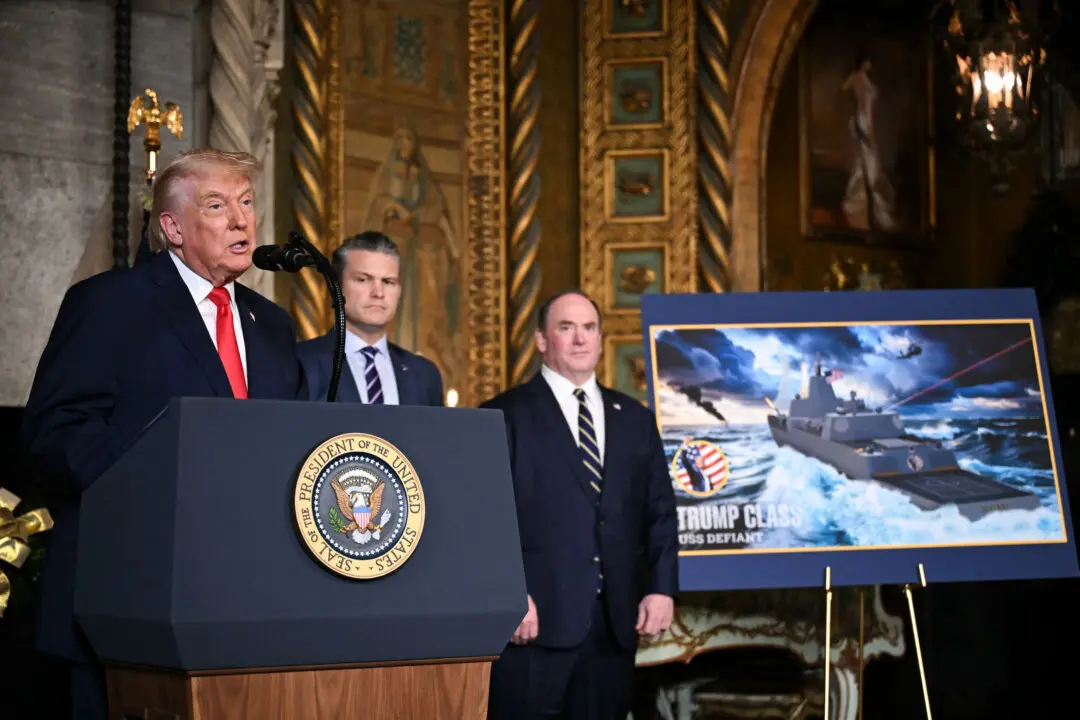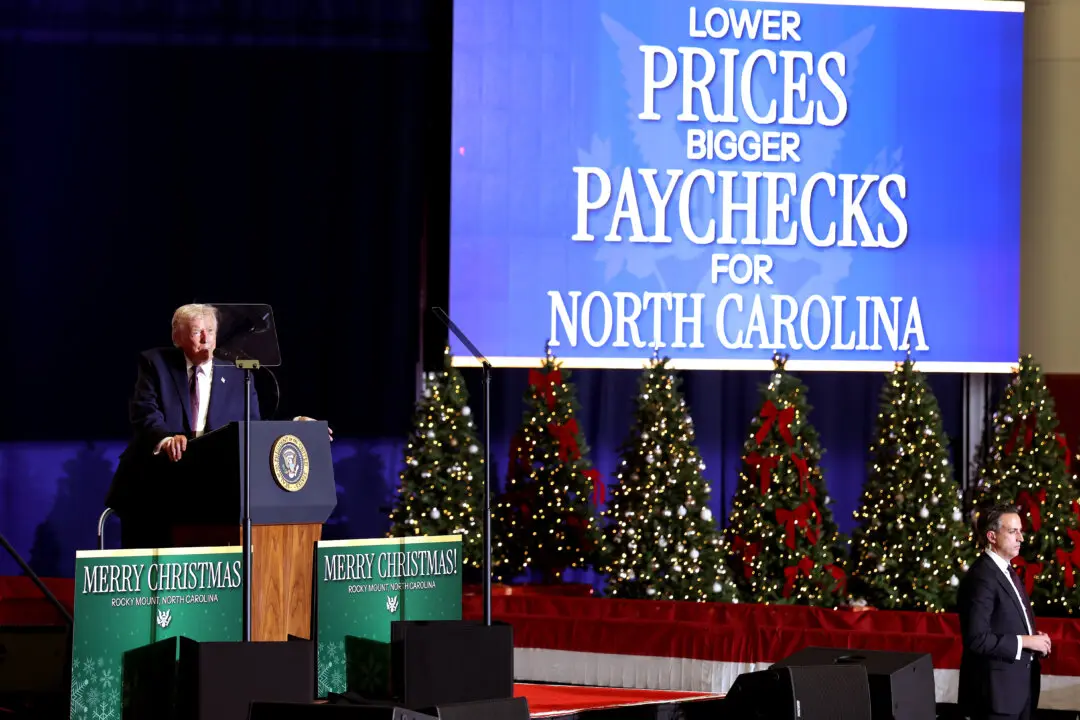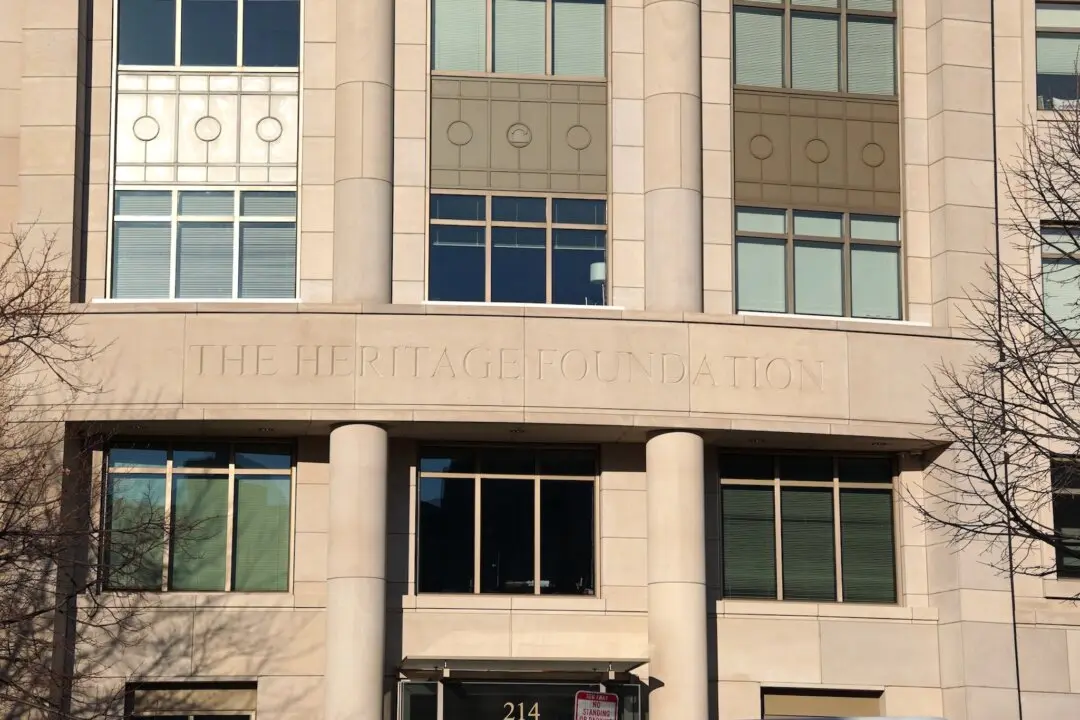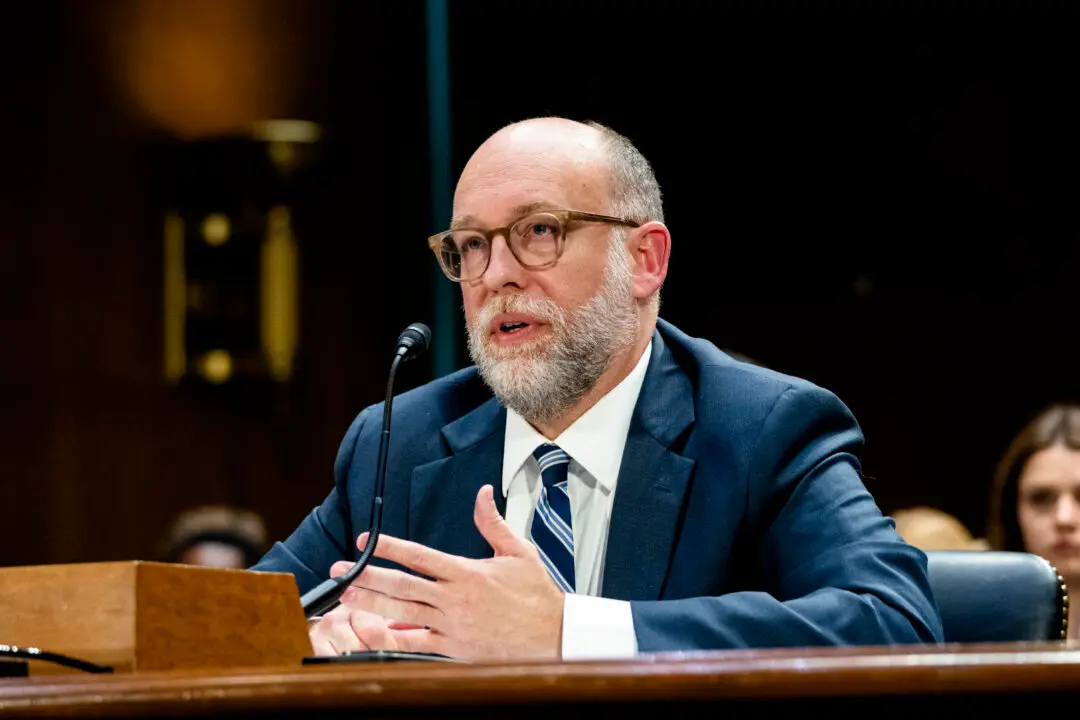The United States has the biggest economy in the world, with $20.4 trillion of gross domestic product (GDP), but some states are greater contributors than others.
In order to determine which states are pulling the most weight, the personal finance website WalletHub compared the 50 states and the District of Columbia based on their economic health, performance, and innovation. The states were evaluated using 28 metrics, including GDP growth, startup activity, exports per capita, quality of the legal system, and employment data.
